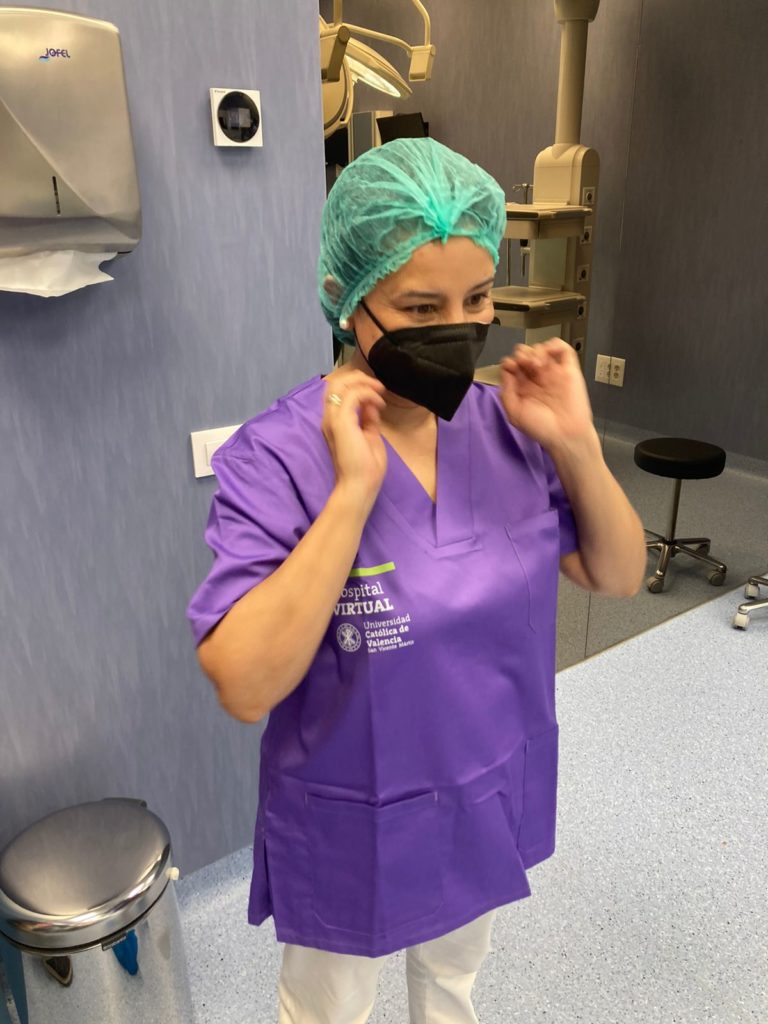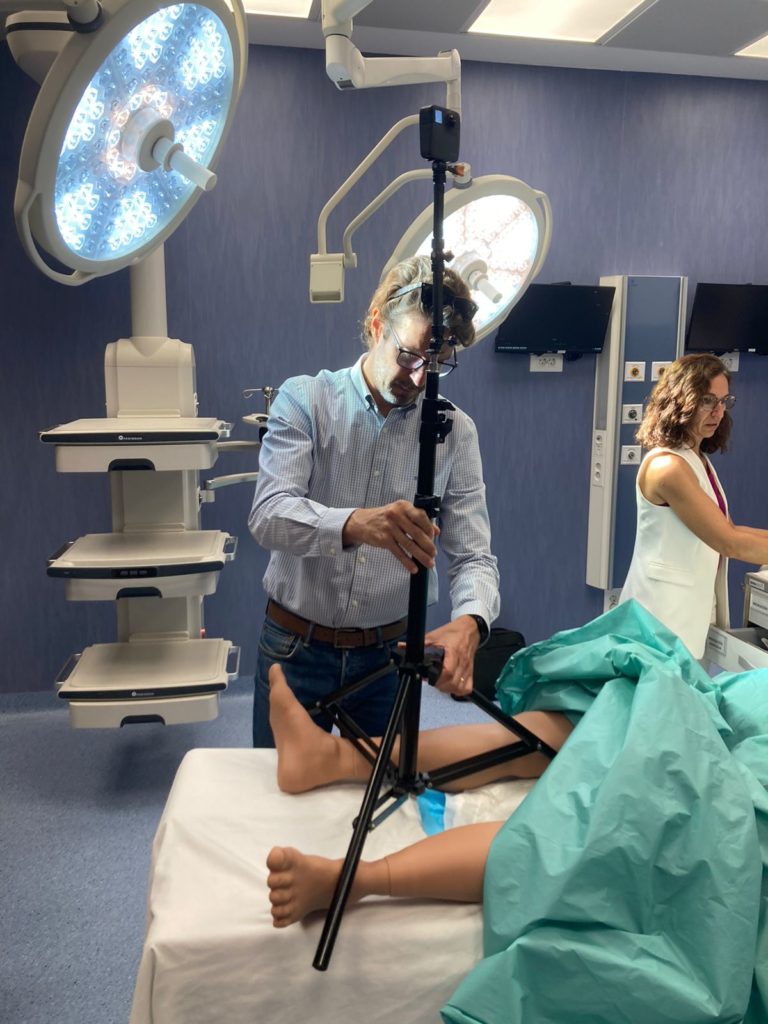
“Often, there is no need for high-complexity scenarios but more of a basic approach to certain everyday skills. Having cases that are too complex often take the student away from the learning outcomes as students get distracted, sidetracked or lost with too much action,” says Esther Navarro, Nursing programme leader at UCV.
When developing cases, the team realised that it was better to develop easy cases, but many of them, so students were able to achieve more.
While teaching about the critically ill patient, the issue of balancing fluids always comes up, as it is crucial in order to support organ function and prevent complications. Critical illness can result in imbalances in fluid and electrolyte levels due to different factors.

UCV Nurse academic Dr. Olga Forero, a member of the UCV team, explains:
“Maintaining fluid balance is especially important in these patients because their bodies may be less able to compensate for imbalances, and they may be at increased risk for complications such as dehydration, electrolyte imbalances, or organ dysfunction”.
Method
A script was written by academics and shared with technicians beforehand in order to outline the actions to be taken, with specific instructions and details to create the overall feel of the production. The setting was the UCV virtual hospital, where everything is real except the patient.
Equipment and tools
- GoPro Fusion 360º camera
- Adobe Captivate
- Smartphone
Even though it was a simple case, prior to recording, the team got together to prepare the scenario with all the details.

There was also a prebriefing to prepare and plan the course of action. Objectives, procedures, materials needed for scenario preparation and the way to proceed with the recording, points of interest in the script (hotspots) were again discussed.
After recording, a debriefing took place after the shooting to review what happened during the activity, to identify any areas that needed improvement and to assess the success of the scene. Debriefings are always important for learning and improving performance, as they provide an opportunity for the team to reflect on their work and identify areas for improvement.
“With this project and the way we are presenting 360 cases to them, our Nursing students are discovering the game-changing benefits of 360 technology in their clinical skills training,” Esther Navarro says, and continues:
“With the power of virtual reality simulations, they are able to immerse themselves in realistic and hands-on experiences, without the risk of harm to real patients. This technology allows them to practice and review procedures repeatedly, mastering their skills and building confidence in their abilities. As they step into the clinical setting, they are ready to take on any challenge that comes their way, thanks to the cutting-edge technology that has prepared them for success. It’s a revolutionary way for nursing students to learn, and it’s changing the game for the better!»

Read the case description for this case.

